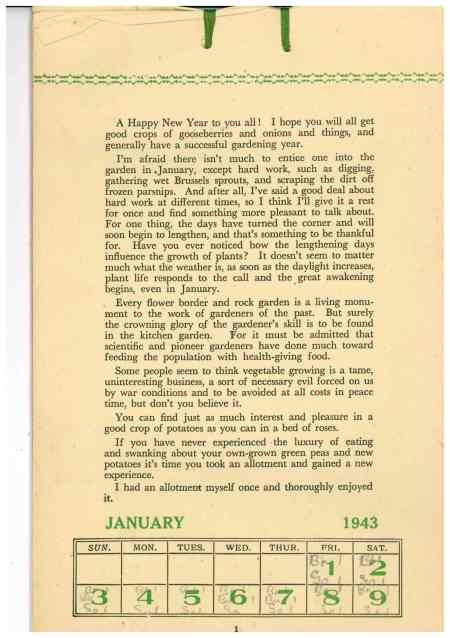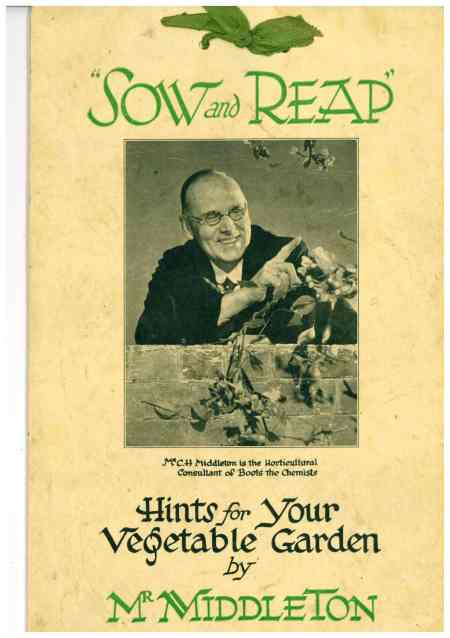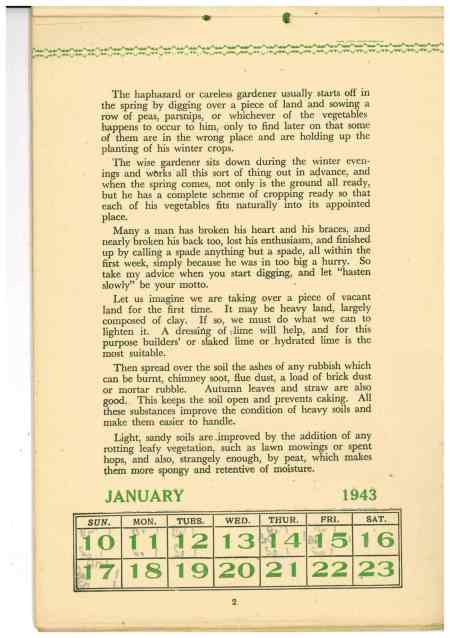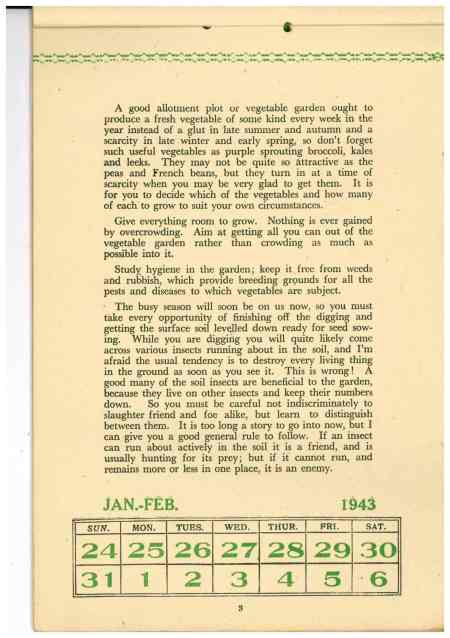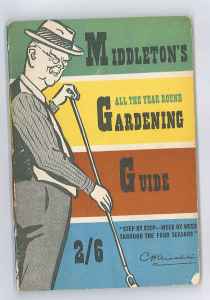This “War and Peace Christmas Pudding” was made in Canada during the First World War. The recipe was published in the Second World War by the Ministry of Food Government “Food Facts” in newspapers and radio programmes as part of the “Kitchen Front” campaign in Britain. According to some, it makes a good wartime Christmas pudding. We decided at Newquay Zoo to put it to the staff taste test as part of our World War Zoo Gardens project.

Our trial War and Peace Christmas Pudding – before pretasting by keepers – at Newquay Zoo. Trial quarter ingredients sized version on a side plate.
War and Peace Christmas Pudding Recipe WW1 / WW2
Ingredients:
225 grams (8 ounces / oz) flour
225 g (8 oz) breadcrumbs
100 g (4 oz) suet
100 g (4 oz) dried fruit
5 ml (1 teaspoon / tsp) mixed spice
225g (8 oz) grated raw potato
225g (8 oz) grated raw carrot
5 ml (1 tsp) bicarbonate of soda
Method:
Mix all the ingredients together and turn into a well-greased pudding bowl.
The bowl should not be more than two thirds full.
Boil or steam for at least 2 hours.
Imperial ounce measurements have been updated to equivalent grams.
Source: “Food Facts” Ministry of Food, Britain 1939-45
Setting it alight, as is traditional with a Christmas pudding, would require some alcohol or spirits, increasingly scarce in wartime. Custard would have been rare too, though Bird’s Custard Powder (replacing eggs in the recipe since 1837, very useful in wartime) and other companies continued to advertise throughout the war.

Newquay Zoo’s brave Austerity Christmas Pudding tester Nick in suitably protective wartime headgear.
Taste testing the War and Peace Christmas Pudding
In pursuit of our World War Zoo Gardens project activities, Newquay Zoo’s fabulous café team, headed up by ex-military chef Jeremy, have cooked up a trial one of these puddings to test out on Newquay Zoo staff. Apparently the test one that we served up to zoo staff was only a quarter of the recipe ingredients.
Zoo staff reaction was mixed. Maybe I shouldn’t have been so honest about the ingredients. Some of the cafe team politely said that they’d eat it again. Many reckoned it needed custard or a good soaking in spirits (we couldn’t set it alight), whilst others thought it ‘not very sweet’ and it made them appreciate a luxurious modern Christmas pudding.
Some keepers wondered whether any of the animals would eat it? Since the famous zoo ‘banana ban’ for monkeys of 2014 at Paignton, Newquay and other zoos, we have become increasingly used in our zoo animal diet sheets to replacing rich sugary exotic fruit (selectively bred and grown for human palates) with more ‘sweet’ vegetables, albeit mixing the wartime standby sweeteners of carrot, parsnip with other more modern imports like sweet potato. I’m sure this substitution was also how wartime zoos scraped by feeding their animals without imports of exotic fruits.
I was surprised how close the War and Peace Christmas Pudding was to one of the few wartime dishes that was popularly reckoned to have survived wartime into the postwar British menu – carrot cake.
Thanks to all the Newquay Zoo cafe team and brave zoo volunteers for this interesting taste lesson about rationing!
Feed the Birds: The Final Taste Test – or Food Waste?
Being rich in suet and a bit crumbly, I tested the final scraps of wartime Christmas pudding on the bird table. Bullfinches, robins, blackbirds, sparrows, crows and pigeons all quickly came down for a crumb or morsel as it turns colder; they weren’t fussy about the strange ingredients in the recipe.
Wasting food like this on the bird table or on pet animals was of course illegal in wartime and liable to prosecution as pointed out in the Imperial War Museum Dig For Victory pdf and the excellent Cooksinfo.com website points out about British Wartime Food.

Wartime rationing and gardening
2015 marks the 75th anniversary of rationing being introduced on 8th January 1940 and the 70th anniversary of Mr Middleton’s death on 19th September 1945.
How time flies – we marked this on the 70th anniversary in 2010, several years into the World War Zoo Gardens project, alongside the Imperial War Museum.
At the legacy site for http://food.iwm.org.uk 2010 Ministry of Food Exhibition at the Imperial War Musuem, marking 70 years since rationing was introduced, there is an interesting recipe for ‘plum and russet apple mincemeat‘ at http://food.iwm.org.uk/?p=1045
There is also some great December 1945 gardening advice pages from wartime celebrity gardener Mr. Middleton http://food.iwm.org.uk/?p=1057&album=18&gallery=18 The whole 1945 leaflet set has been reprinted recently as a book edited by Twigs Way (Sabrestorm Press. 2009). We will feature more about him in 2015. There is an interesting Mr Middleton blog to look at meanwhile.
An alternative Christmas pud recipe can be found on the interesting Eat For Victory website and blog .
More simple wartime rationing recipes (pdfs) can be found at www.bbc.co.uk/schools/teachers/heroes
You can find another wartime recipe that we use with visiting schools doing our wartime zoo workshops ; if its quiet enough in the café we knock up a batch of savoury potato biscuits – see recipe below.
A Fruitful Happy Christmas and a Prosperous Gardening New Year from all involved in the World War Zoo Gardens Project at Newquay Zoo!
Mark Norris, World War Zoo Gardens project, Newquay Zoo
That Wartime Savoury Potato Biscuit recipe
cooked up if time for World War Zoo Gardens workshop days
Adapted from original Recipe Potatoes: Ministry of Food wartime leaflet No. 17
Makes about 24 approx 3 inch biscuits
Ingredients
2 ounces margarine
3 ounces plain flour
3 ounces cooked mashed potato
6 tablespoons grated cheese*
1.5 teaspoons table salt
Pinch of cayenne or black pepper
Cooking instructions
1. Rub margarine into flour
2. Add potato, salt, pepper (and cheese, if using this*)
3. Work to a stiff dough
4. Roll out thinly and cut into shapes – festive shapes for Christmas if wanted!
5. Bake in a moderate oven, 15 to 20 minutes.
* N.B. Leave out cheese if you have dairy allergy, the pepper is enough to make the taste ‘interesting’.
Enjoy!
50.415497
-5.073719


 A wet but mildish start to the year with nothing much happening in the World War Zoo wartime garden at Newquay Zoo in January.
A wet but mildish start to the year with nothing much happening in the World War Zoo wartime garden at Newquay Zoo in January.


